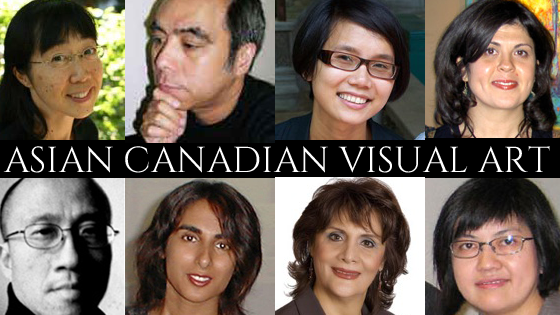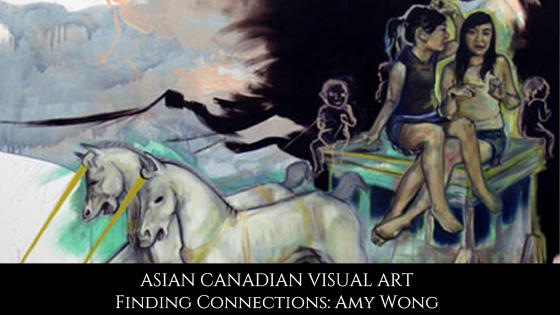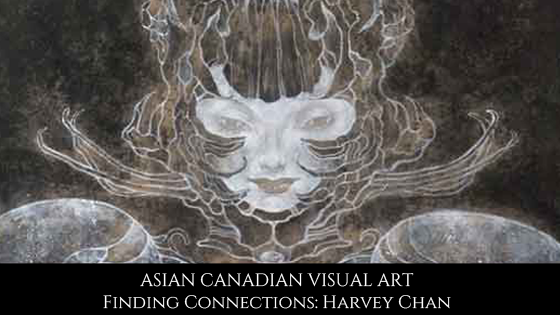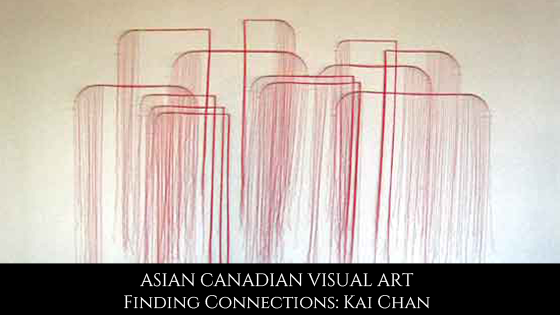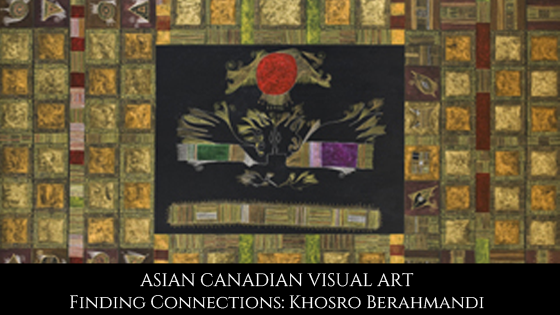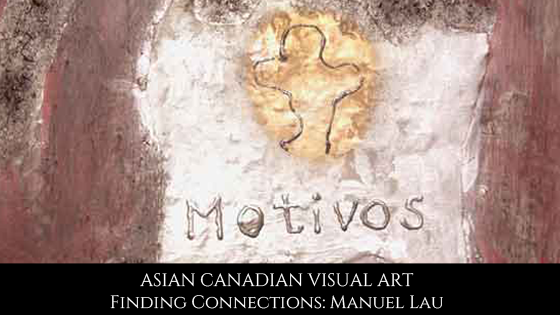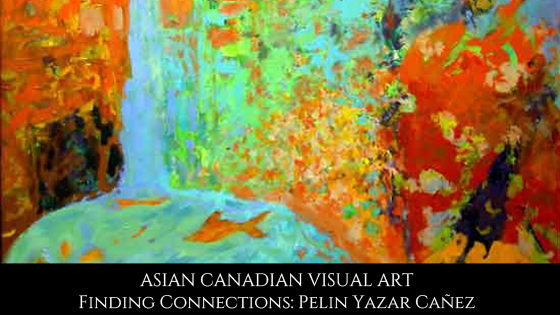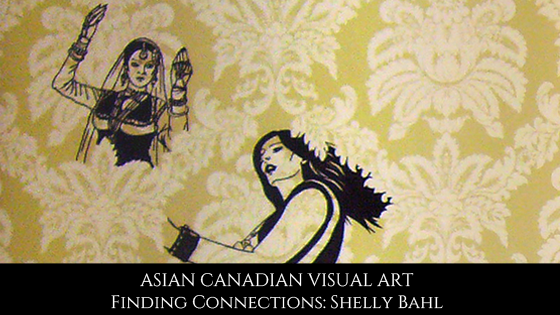Finding Connections Through
Asian Canadian Visual Art
Not Just Visual Images
Paintings and installations are not just visual images. They also encrypt the impressions, passions, aspirations, responses and understanding cherished by the Asian Canadian visual artists. These visual images crystallize the complex, dynamic, transnational flow of culture in multicultural Canada, which goes far beyond the visual images. They link Canada, here and now, not only to ancient Asian cultural roots, but also to the depths of the artists coming into terms with their multiple identities.
Some of them, like Alfred Ng from Hong Kong, try to eternalize magical moments like the transient blooming of a cactus flower in the middle of the night, and find meanings in scenes from everyday life. To him, "Chinese gardens [in Chinatown] were a way for these women to connect with the places and people they left behind a long time ago." The works by Rod Dioso capture the Filipino-Canadian community's visual presence on the Toronto landscape, "highlighting aspects of Philippine culture that have been diffused, morphed or have remained intact in the integration process of the community to Toronto."
To other visual artists born in Canada, their paintings are ways to connect, to experience plurality, to negotiate between Asian and Canadian cultures and discover the scintillating point of equilibrium. As Amy Wong puts it: "My paintings and drawings are investigations into plurality, romanticism, and a personal politic in an attempt to understand myself and the world around me."
Asia is not just a geographical location. It has a most diverse cultural heritage. Asian Canadian artists explore this rich cultural background on their canvas, on which abstract images may bear the burden of ancient Asian Wisdom Traditions and their own past experiences. Henry Ho explores innovative ink and wash painting, devote himself in "Tai Chi Calligraphy," integrating Tai Chi Quan and Chinese calligraphy, and found a "somatic" new art form. Doris Ha-Lin Sung's artwork explores the Daoist idea of transformation. Finding inspiration from Iranian literature and mythology, as well as the culture of miniature visionaries of the Indo-Iranian experience of the 11th to 16th centuries, Khosro Berahmandi looks for more fantasy-based language that would replace the despair and horrific human experience with imagination and dream. The computer paintings of Nanda Kandasamy (Geevan), a Tamil artist from Sri Lanka, register his response to incidents in his country of origin. Shizuye Takashima has experienced the Japanese internment, and the memory of that bewildering time remained so real to her that thirty years later she could reproduce it in words and paintings of remarkable vividness.
What about things Asian in everyday life? Asian food such as won ton soup? How can cultural translations take place? The exhibition of sculptor Gerard Choy from Singapore, "Take Out One Ton", considers "the effects of transliteration and translation and questions the creation and imposition of meanings and identity."
The Canadian government celebrates Asian Culture with special coins and stamps collections. Meet Harvey Chan from Hong Kong, who created two series of coin design for the Royal Canadian Mint and the Year of the Rat stamp design for Canada Post.
Or find the footprints of Asian Canadian visual artists in the illustrations in children's books, such as those from award-winning illustrator Ruth Ohi.

